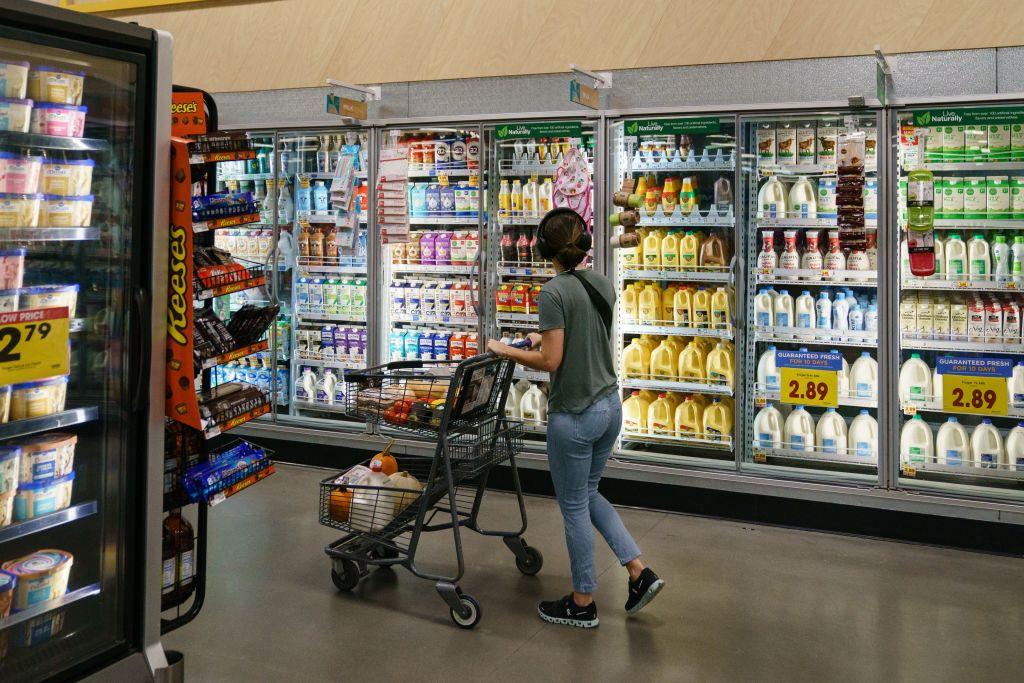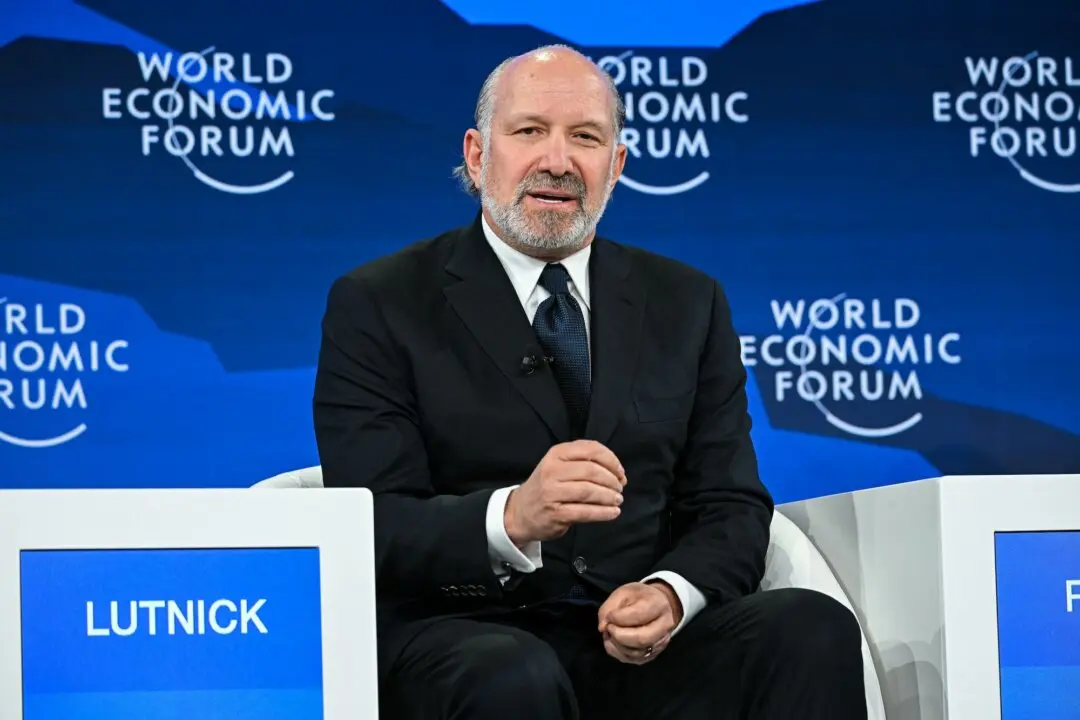Inflation slowed its pace somewhat in December, largely on the back of falling gasoline costs, but prices in a range of other categories continued to push higher.
The overall pace of inflation, as measured by the Consumer Price Index (CPI), clocked in at 6.5 percent year-over-year in December 2022, government data released on Jan. 12 showed (pdf). The month-over-month pace of inflation retreated by 0.1 percent.





